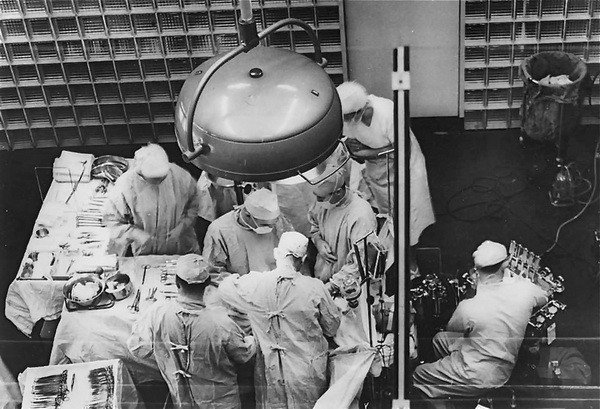Today, organ transplantation will not surprise anyone – surgery has achieved great success. But these are the achievements of modern medicine. Attempts to perform such surgeries were recorded at the beginning of the 20th century. On April 3, 1933, the Soviet surgeon, head of the surgical department of Kherson City Hospital, Yuri Voronoi, performed the world’s first kidney transplantation from human to human. According to historical and medical data, he performed an organ transplantation on a young 26-year-old patient, whose donor was a 60-year-old man who died on the same day. At the time of the adult patient’s (donor) death, the surgeon made a firm decision to perform a kidney transplant operation on a seriously ill girl.
Soviet surgeon Yuri Voronoi
Kidney transplantation was performed 6 hours after the donor death. The kidney was transplanted as a temporary measure for the period of acute kidney failure. The transplanted organ entered the bloodstream and began to function. Unfortunately, the patient, having lived with someone else’s kidney for more than two days, died. Nevertheless, the significance of this operation is difficult to overestimate. This operation became the world’s first kidney transplantation from human to human, which proved the possibility in clinical conditions to transplant not only pieces of tissue, but also whole organs to a person.
Later, Yuri Voronoi performed more such surgeries, but they all had the same result. The lack of knowledge of immunology slowed down the development of organ transplantation for 30 years, but Voronoi’s surgeries proved the fundamental possibility of transplanting a cadaveric organ to a living person. Today, such surgeries are performed in many clinics around the world on a planned basis.
According to current data, during kidney transplantation, approximately 75% of patients with irreversible loss of renal function have a short-term positive result. Within 3-4 months, complications may occur in some patients after surgery. But still, most people recover their normal state of health and activity while maintaining a constantly supporting dose of immunosuppressants.
During the first year after kidney transplantation, the survival rate is:
- Transplants from living donors: 98% (patients) and 94% (transplants);
- Transplants from dead donors: 95% (patients) and 88% (transplants).
The annual death of a transplant is 3-5% in kidney transplantation from living donors and 5-8% in kidney transplantation from cadaveric donors. Of the patients with a transplant survival rate of more than one year, half die from other causes (for example, cardiovascular diseases, infections) with a normally functioning transplant; half of them develop chronic allograft nephropathy against the background of graft dysfunction for 1-5 years. The frequency of late loss of graft function is higher in dark-skinned patients compared to white-skinned patients.
Based on open sources.
Photo on the page: Interesting facts
Photo on the homepage: The story of one day























